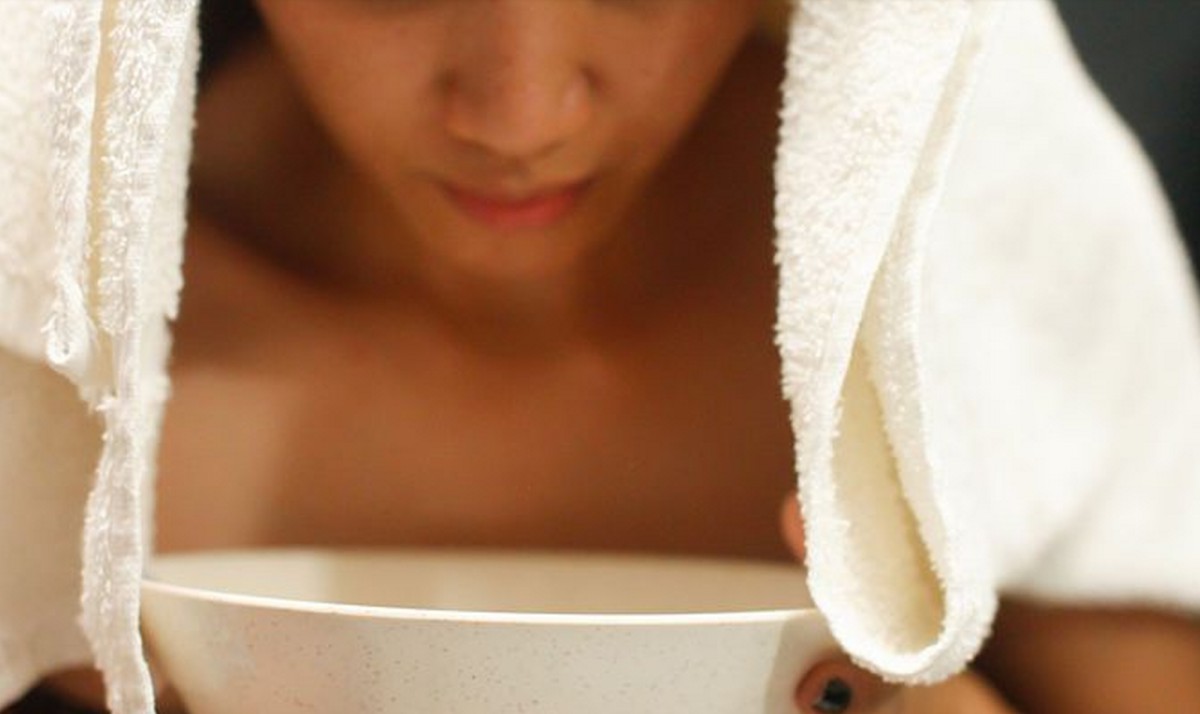

Articles
What Water To Use In Facial Steamer
Modified: October 20, 2024
Discover the best water to use in a facial steamer with our informative articles. Find out the benefits of using distilled, mineral, or tap water for your skincare routine.
(Many of the links in this article redirect to a specific reviewed product. Your purchase of these products through affiliate links helps to generate commission for Storables.com, at no extra cost. Learn more)
Introduction
Welcome to the world of facial steamers, a popular skincare tool that has gained significant attention in recent years. Facial steamers offer a range of benefits, from deep cleansing and hydration to relaxation and improved blood circulation. These compact devices generate steam that opens up your pores, allowing skincare products to penetrate deeper and work more effectively.
While facial steamers have become increasingly accessible and affordable, many people often overlook an important aspect of their usage – the type of water to use in them. Believe it or not, the water you choose can have a significant impact on the effectiveness and longevity of your facial steamer. In this article, we will dive into the importance of using the right water in a facial steamer and explore the different options available.
Key Takeaways:
- Choose distilled or purified water for your facial steamer to prevent mineral build-up, protect your skin, and ensure a consistent, high-quality steam experience.
- Follow precautions, maintain your steamer, and consult a skincare professional to maximize the benefits of facial steaming while using the right water for optimal results.
Read more: What To Put In Facial Steamer
Benefits of Using a Facial Steamer
Facial steaming has numerous benefits for your skin and overall well-being. Here are some of the key advantages of incorporating a facial steamer into your skincare routine:
- Deep Cleansing: Facial steaming helps to open up your pores and loosen any dirt, oil, or impurities trapped within them. This deep-cleansing action can significantly reduce blackheads, whiteheads, and acne breakouts.
- Hydration: The steam from a facial steamer provides intense moisture to your skin. It helps to hydrate dry skin, making it soft, supple, and more resilient. Steam also enhances the absorption of skincare products, allowing them to penetrate deeper and deliver maximum hydration.
- Improved Blood Circulation: The heat and steam from a facial steamer can promote blood circulation, bringing more oxygen and nutrients to your skin cells. This increased blood flow can give you a healthy, radiant complexion and a natural glow.
- Relaxation and Stress Relief: Facial steaming not only benefits your skin but also offers a relaxing spa-like experience. The warmth and gentle mist can help you unwind, reduce stress levels, and promote overall relaxation.
- Unblocking Sinuses: If you suffer from sinus congestion or allergies, facial steamers can provide relief. The steam helps to loosen mucus and clear nasal passages, allowing you to breathe more easily.
These are just a few of the many benefits of using a facial steamer. Now that we understand how beneficial they can be for our skin, let us explore why using the right water is essential for maximizing these advantages in the next section.
Importance of Using the Right Water in a Facial Steamer
When it comes to using a facial steamer, the type of water you choose is more important than you might think. Using the right water ensures optimal performance, prolongs the lifespan of your device, and protects your skin. Here’s why using the right water in a facial steamer is crucial:
- Preventing Mineral Build-up: Tap water often contains minerals such as calcium, magnesium, and iron. These minerals can accumulate inside your facial steamer over time, leading to mineral build-up and clogging of the device. Using the wrong water can affect the performance of the steamer and reduce its effectiveness in delivering steam to your skin.
- Avoiding Bacteria and Contaminants: Tap water may contain bacteria, chlorine, or other contaminants that can be harmful to your skin. These impurities can be transferred to your face during the steaming process, potentially causing irritation, inflammation, or other skin issues. Using purified or distilled water helps minimize the risk of exposing your skin to harmful substances.
- Preserving the Steamer’s Lifespan: Mineral deposits and residue from tap water can build up inside the facial steamer, leading to corrosion and damage. Over time, this can reduce the lifespan of the device, requiring more frequent repairs or replacements. By using the right water, you can help prolong the lifespan of your facial steamer and ensure it continues to function optimally.
- Enhancing the Steam’s Quality: The quality of steam generated by your facial steamer can impact the efficacy of your skincare routine. Using distilled or purified water ensures that the steam is pure, free from impurities, and gentle on your skin. This allows for a more effective and enjoyable experience while minimizing the risk of any adverse reactions.
Now that we understand why it is important to use the right water in a facial steamer, let’s explore the different types of water suitable for use in these devices.
Different Types of Water Suitable for Facial Steamers
When it comes to choosing the right water for your facial steamer, there are a few options to consider. Each type of water has its own advantages and considerations. Let’s explore the different types of water suitable for use in facial steamers:
- Distilled Water: Distilled water is free from impurities, minerals, and chemicals. It is created through a process of distillation where water is heated to create steam and then condensed back into liquid form. Using distilled water in your facial steamer ensures a pure, clean steam that is gentle on your skin and won’t leave behind any mineral residue. It is the ideal choice for maintaining your facial steamer and maximizing its lifespan.
- Purified Water: Purified water undergoes a filtration process to remove impurities such as bacteria, chemicals, and minerals. It is a good alternative to distilled water if you don’t have access to distilled water or prefer a convenient option. However, it is important to ensure that the purification process effectively removes all impurities. Check the label to ensure that the water is suitable for use in facial steamers.
- Filtered Water: Filtered water is tap water that has gone through a filtration system to remove impurities and improve its quality. While filtering can remove some minerals and contaminants, it may not eliminate all impurities, especially trace minerals. If using filtered water in your facial steamer, make sure the filter is regularly maintained and replaced to ensure optimal results.
- Tap Water: Tap water is generally not recommended for use in facial steamers, especially if it is hard water. Hard water contains higher levels of minerals, such as calcium and magnesium. These minerals can cause mineral buildup, clog the steamer, and potentially irritate your skin. If tap water is your only option, consider using a water softener or filtering system to reduce mineral content.
Choosing the right water for your facial steamer is essential to ensure the best results and protect your skin. Remember, the quality and purity of the water directly impact the performance, longevity, and overall experience of using your facial steamer.
Now that we have discussed the different types of water suitable for facial steamers, let’s explore the precautions and considerations you should keep in mind when using water in your facial steamer.
Distilled Water for Facial Steamers
Distilled water is widely regarded as the best choice for use in facial steamers. It is water that has gone through a process of distillation, where it is heated to create steam and then condensed back into liquid form, leaving behind impurities, minerals, and chemicals.
Using distilled water in your facial steamer offers several benefits:
- Purity: Distilled water is free from impurities, minerals, and contaminants. It provides a clean, pure steam that is gentle on your skin and won’t leave any residue behind. This helps to ensure a more effective and enjoyable skincare experience.
- Preventing Mineral Build-up: Since distilled water is free from minerals, it helps to prevent mineral build-up inside your facial steamer. Mineral deposits from tap water can accumulate over time and clog the device, affecting its performance and longevity. By using distilled water, you can minimize the risk of mineral buildup and maximize the lifespan of your facial steamer.
- Protecting Your Skin: Distilled water eliminates the risk of exposing your skin to harmful chemicals, bacteria, and other contaminants that may be present in tap water. This reduces the risk of skin irritation, allergies, or other adverse reactions during your facial steaming sessions.
- Consistency: Distilled water offers a consistent quality and composition, ensuring that you receive the same level of purity and performance with every use. This consistency allows you to confidently incorporate your facial steamer into your regular skincare routine.
While distilled water is the recommended choice for facial steamers, it may not always be readily available or convenient to obtain. In such cases, consider using other suitable alternatives, such as purified or filtered water, to achieve similar results. Remember to check the label and ensure that the alternative water is suitable for use in facial steamers.
Now that we have explored the benefits of using distilled water in facial steamers, let’s move on to discussing other options and considerations when it comes to using water in your facial steamer.
Use distilled water in your facial steamer to prevent mineral buildup and ensure a clean, effective steam. Avoid using tap water, which may contain impurities that can be harmful to your skin.
Read more: What Water To Use For Steamer
Purified Water for Facial Steamers
Purified water is another suitable option for use in facial steamers. It undergoes a filtration process to remove impurities, bacteria, chemicals, and minerals, resulting in cleaner and safer water for your skincare routine.
Using purified water in your facial steamer offers several advantages:
- Maintaining Purity: Purified water ensures that the steam generated by your facial steamer is free from impurities that may be present in tap water. This helps to protect your skin from potential irritants and contaminants while providing a refreshing and high-quality steam experience.
- Convenience: Purified water is often readily available in various forms, including bottled water or water from water purification systems. This makes it a convenient option for those who may not have easy access to distilled water or prefer a simpler solution.
- Minimizing Build-up: While purified water may still contain some minerals, the filtration process reduces the mineral content significantly compared to tap water. This helps to minimize mineral build-up inside your facial steamer, prolonging its lifespan and ensuring optimal performance over time.
- Safe for Your Skin: Purified water removes potentially harmful substances such as chlorine and bacteria, making it safer for direct contact with your skin during facial steaming. This reduces the risk of skin irritation, allergies, or other adverse reactions caused by impurities in tap water.
When choosing purified water for your facial steamer, be sure to check the label and ensure that it is suitable for use in skincare or cosmetic applications. Some brands offer specifically labeled water that is suitable for use in facial steamers or other beauty-related purposes.
While purified water is a good alternative to distilled water, it’s essential to remember that the quality and effectiveness may vary depending on the brand and purification method. If you opt for purified water, ensure that the filtration process effectively removes impurities and meets the necessary standards.
Now that we have explored using purified water in facial steamers, let’s discuss another option – filtered water – that you can consider if distilled or purified water is not readily available.
Filtered Water for Facial Steamers
Filtered water serves as another viable option for use in facial steamers. It refers to tap water that has undergone a filtration process to remove impurities and improve its quality. While it may not be as pure as distilled or purified water, it can still provide satisfactory results when used in facial steamers.
Here are some key considerations regarding the use of filtered water in facial steamers:
- Improved Quality: Filtered water goes through a filtration system that helps remove common impurities such as chlorine, sediment, and certain chemicals. This enhances the quality of the water, making it safer and more suitable for use on your skin during facial steaming sessions.
- Reduced Mineral Content: Depending on the type of filtration system used, filtered water can have a lower mineral content compared to regular tap water. This is beneficial as it helps to minimize the risk of mineral buildup in your facial steamer, ensuring better performance and longevity of the device.
- Availability and Convenience: Filtered water is often readily available in homes or through water filtration systems, making it a convenient option. If you have a reliable and well-maintained water filtration system, using filtered water can be a cost-effective alternative to distilled or purified water.
- Consideration for Mineral Composition: While filtration systems can remove many impurities, it is important to note that they may not eliminate all minerals present in tap water. Some minerals may still remain, albeit at reduced levels. Therefore, it’s recommended to regularly maintain and replace the filter in order to ensure the best water quality for your facial steamer.
When using filtered water in your facial steamer, be mindful of the specific filtration system you have in place. Different filtration methods can vary in their effectiveness at removing impurities and minerals. It’s important to understand the capabilities and limitations of your specific filtration system to make an informed decision about using filtered water in your facial steamer.
While filtered water can be a suitable option for your facial steamer, it is critical to monitor and assess the quality of the water over time. Regularly check for any changes in the water’s taste, odor, or appearance that may indicate a need for maintenance or replacement of your filtration system.
Now that we have explored filtered water as an alternative option for facial steamers, let’s discuss the use of tap water and the precautions you need to keep in mind when considering it.
Tap Water and Facial Steamers
Tap water is generally not recommended for use in facial steamers, especially if it is considered “hard water.” Hard water contains a high mineral content, including calcium, magnesium, and other minerals, which can have negative effects on your facial steamer and your skin.
Here are some considerations regarding the use of tap water in facial steamers:
- Mineral Build-up: Tap water, especially hard water, contains minerals that can accumulate and create deposits within your facial steamer over time. These mineral deposits can clog the steamer’s nozzles and internal components, reducing its efficiency and potentially shortening its lifespan. This build-up can also interfere with the production and distribution of steam, impacting the effectiveness of your facial steamer.
- Potential Skin Irritation: In addition to mineral build-up, tap water may contain other impurities such as chlorine, bacteria, and chemicals. These impurities can be transferred to your skin during the steaming process, potentially causing skin irritation, dryness, or other adverse reactions. Using tap water can compromise the overall effectiveness and safety of your facial steaming experience.
- Hard Water Residue on Your Skin: When tap water evaporates during facial steaming, the minerals within it can leave behind a residue on your skin. This residue may make your skin feel dry, tight, or even sticky. It can interfere with the absorption and effectiveness of your skincare products, hindering the desired benefits of your facial steaming session.
- Potential Damage to Your Steamer: The mineral content in tap water can cause corrosion and damage to the internal components of your facial steamer. Over time, this can lead to mechanical issues, reduced performance, and the need for more frequent repairs or replacement.
If tap water is your only option, consider using a water softener or filtering system specifically designed to reduce the mineral content. This can help mitigate some of the negative effects of hard water, although it may not completely eliminate all potential issues.
It’s important to note that tap water quality can vary depending on your location. Some areas have water that is relatively low in mineral content and may be more suitable for use in facial steamers. However, it is still recommended to exercise caution and consider alternative water options to ensure the best results and prolong the lifespan of your facial steamer.
Now that we have discussed the considerations with tap water, let’s move on to the precautions and considerations you should keep in mind when using any type of water in your facial steamer.
Precautions and Considerations When Using Water in Facial Steamers
When using water in your facial steamer, regardless of the type, it’s important to follow some precautions and considerations to ensure optimal results and maintain the longevity of your device. Here are a few key points to keep in mind:
- Clean and Maintain Your Facial Steamer: Regularly clean your facial steamer according to the manufacturer’s instructions to prevent mineral buildup, mold, or bacteria growth. This helps to maintain its performance and prolong its lifespan.
- Use Suitable Water: Whenever possible, use distilled water for your facial steamer. If distilled water is not available, opt for purified or properly filtered water. Avoid using tap water, especially if it is hard water, as it can lead to mineral build-up and potentially harm your skin and the device.
- Check Water Quality: If you are unsure about the quality of the water, consider using a water testing kit to determine the presence of any impurities or excessive mineral content. This can help you make informed choices and ensure the best results for your facial steaming sessions.
- Use Recommended Amount of Water: Follow the manufacturer’s instructions regarding the amount of water to use in your facial steamer. Overfilling or underfilling the water reservoir can affect the steam generation and the performance of the device.
- Allow the Water to Reach Optimal Temperature: Give your facial steamer sufficient time to heat up and reach the desired temperature before using it on your face. This ensures that you receive the complete benefits of the steam and helps prevent any discomfort or potential skin damage.
- Keep a Safe Distance: Maintain an appropriate distance between your face and the facial steamer to avoid any burns or excessive heat. Follow the recommended distance provided by the manufacturer and always use the facial steamer in a controlled and cautious manner.
- Observe Your Skin’s Reaction: Pay attention to how your skin reacts to the steam. If you experience any discomfort, redness, or irritation, discontinue use immediately. Everyone’s skin is different, so it’s essential to listen to your body and adjust your facial steaming routine accordingly.
- Follow the Recommended Duration and Frequency: Adhere to the recommended duration and frequency of facial steaming sessions as provided by the manufacturer or skincare professional. Oversteaming can cause dryness or sensitivity, while understeaming may not provide the desired benefits.
- Use in Combination with Skincare Products: Facial steaming works best when combined with a suitable skincare routine. Consider applying a gentle cleanser or a hydrating mask after steaming to enhance the benefits and maximize the absorption of skincare products.
- Consult with a Skincare Professional: If you have specific skin concerns or medical conditions, it’s advisable to consult with a skincare professional or dermatologist before incorporating facial steamers into your routine. They can provide personalized guidance and recommendations based on your individual needs.
By following these precautions and considerations, you can ensure a safe and effective facial steaming experience while maximizing the benefits for your skin.
Now let’s wrap up our discussion on using water in facial steamers in the next section.
Read more: Vanity Planet Facial Steamer How To Use
Conclusion
Facial steamers have become increasingly popular for their numerous skincare benefits, including deep cleansing, hydration, improved blood circulation, relaxation, and sinus relief. However, it is important to pay attention to the type of water you use in your facial steamer to maximize its effectiveness and protect your skin.
Distilled water is the recommended choice for facial steamers, as it is free from impurities and minerals that can lead to mineral build-up and potential skin irritation. Distilled water ensures a pure, clean steam for a more enjoyable and effective skincare experience.
If distilled water is not readily available, you can opt for purified water, which has undergone a filtration process to remove impurities and improve its quality. Alternatively, using properly filtered water can also be a suitable option, as it reduces the mineral content and improves the overall quality of the water for your facial steamer.
It is important to avoid using tap water in your facial steamer, especially if it is hard water. Tap water can contain minerals and impurities that can clog the steamer, compromise its performance, and potentially irritate your skin. If tap water is your only option, consider using a water softener or filtering system to reduce mineral content.
Regardless of the type of water you choose, it is essential to follow precautions and considerations when using water in your facial steamer. Regularly clean and maintain your device, use the recommended water amount, and observe your skin’s reaction to ensure a safe and effective experience.
Incorporating a facial steamer into your skincare routine, along with suitable water, can help enhance your overall skincare results. Always remember to consult with a skincare professional or dermatologist for personalized advice if you have specific skin concerns or medical conditions.
With the right water and proper usage, your facial steamer can become a valuable tool in your skincare arsenal, providing you with a rejuvenating and refreshing experience while promoting a healthy and radiant complexion.
Frequently Asked Questions about What Water To Use In Facial Steamer
Was this page helpful?
At Storables.com, we guarantee accurate and reliable information. Our content, validated by Expert Board Contributors, is crafted following stringent Editorial Policies. We're committed to providing you with well-researched, expert-backed insights for all your informational needs.

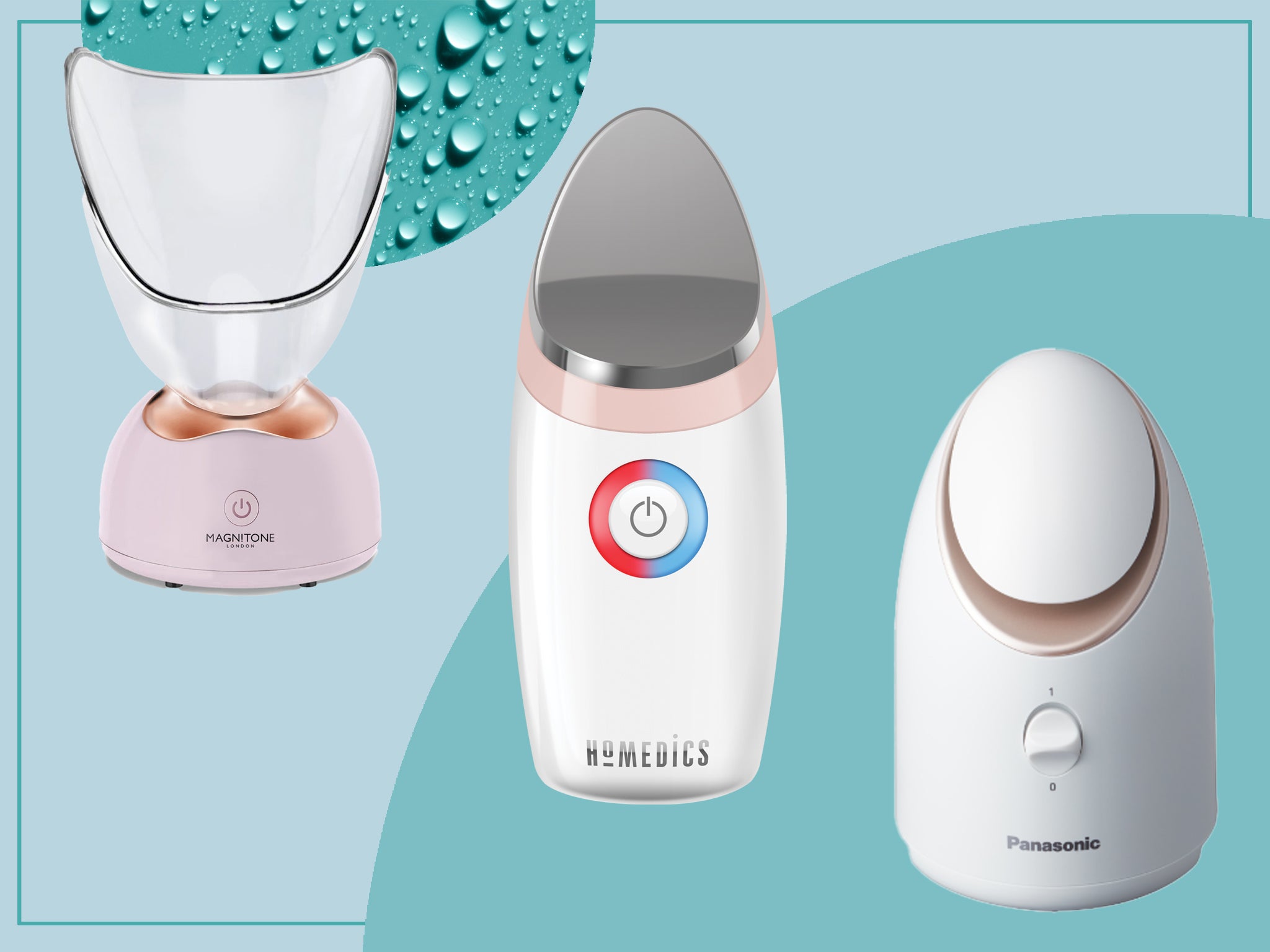
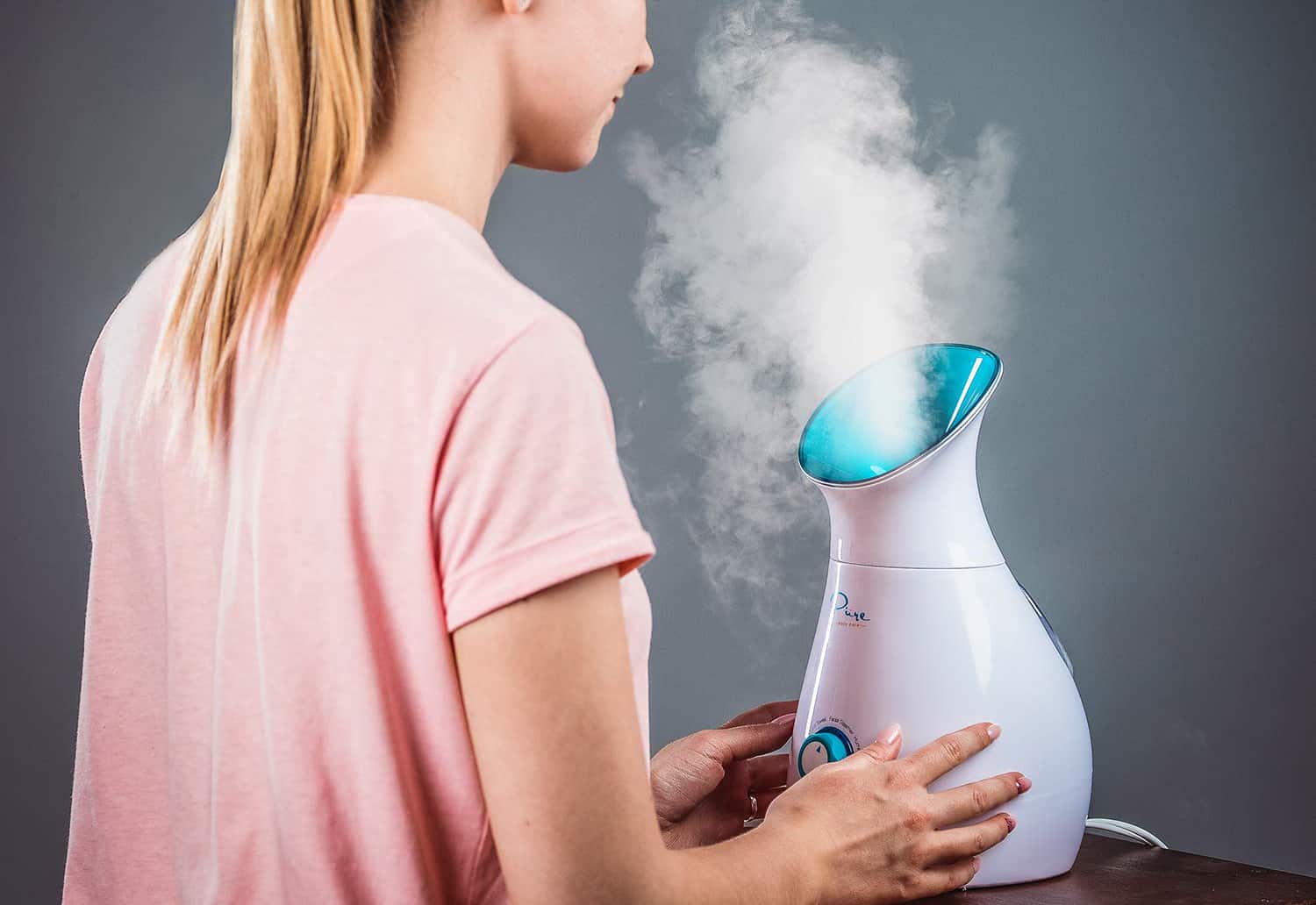
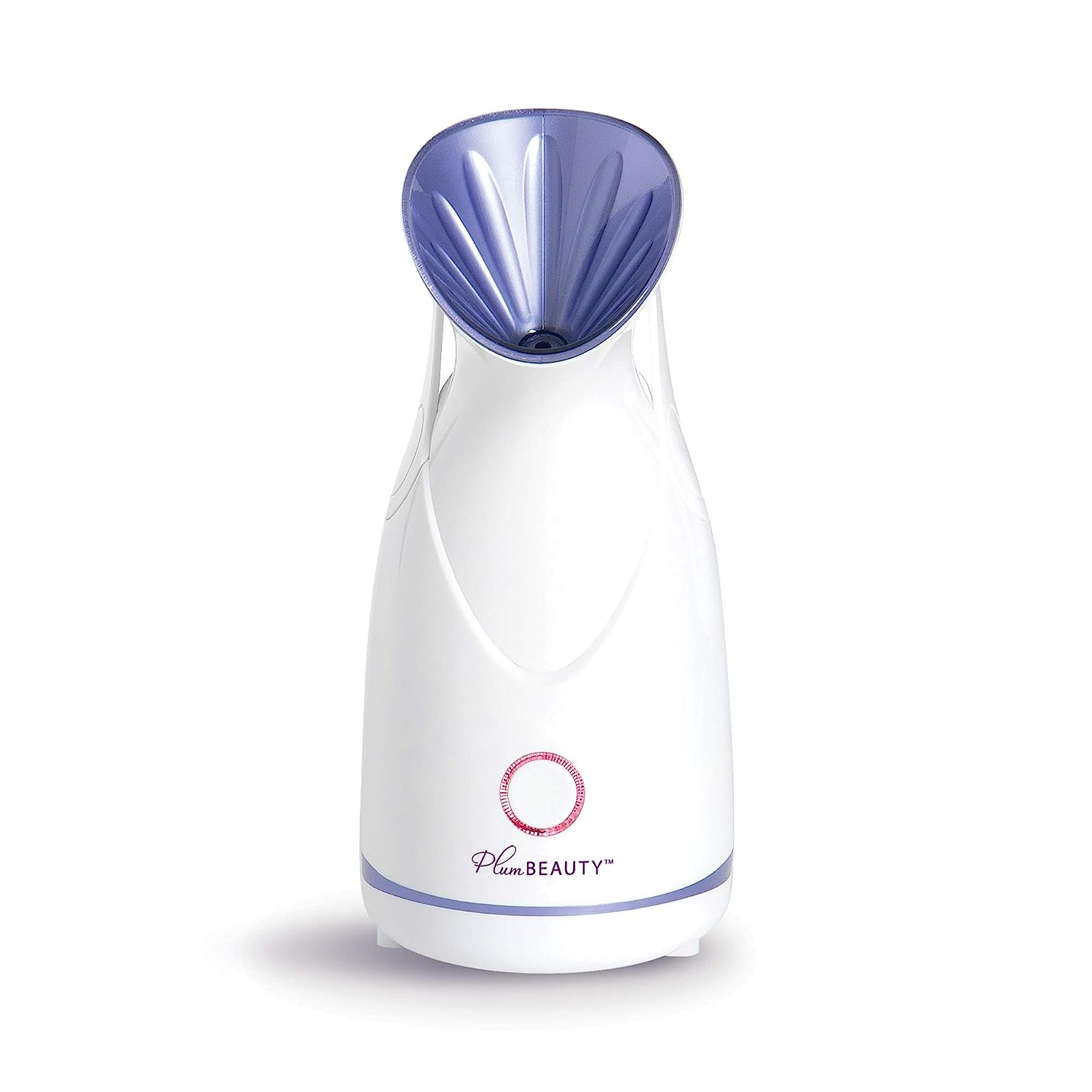
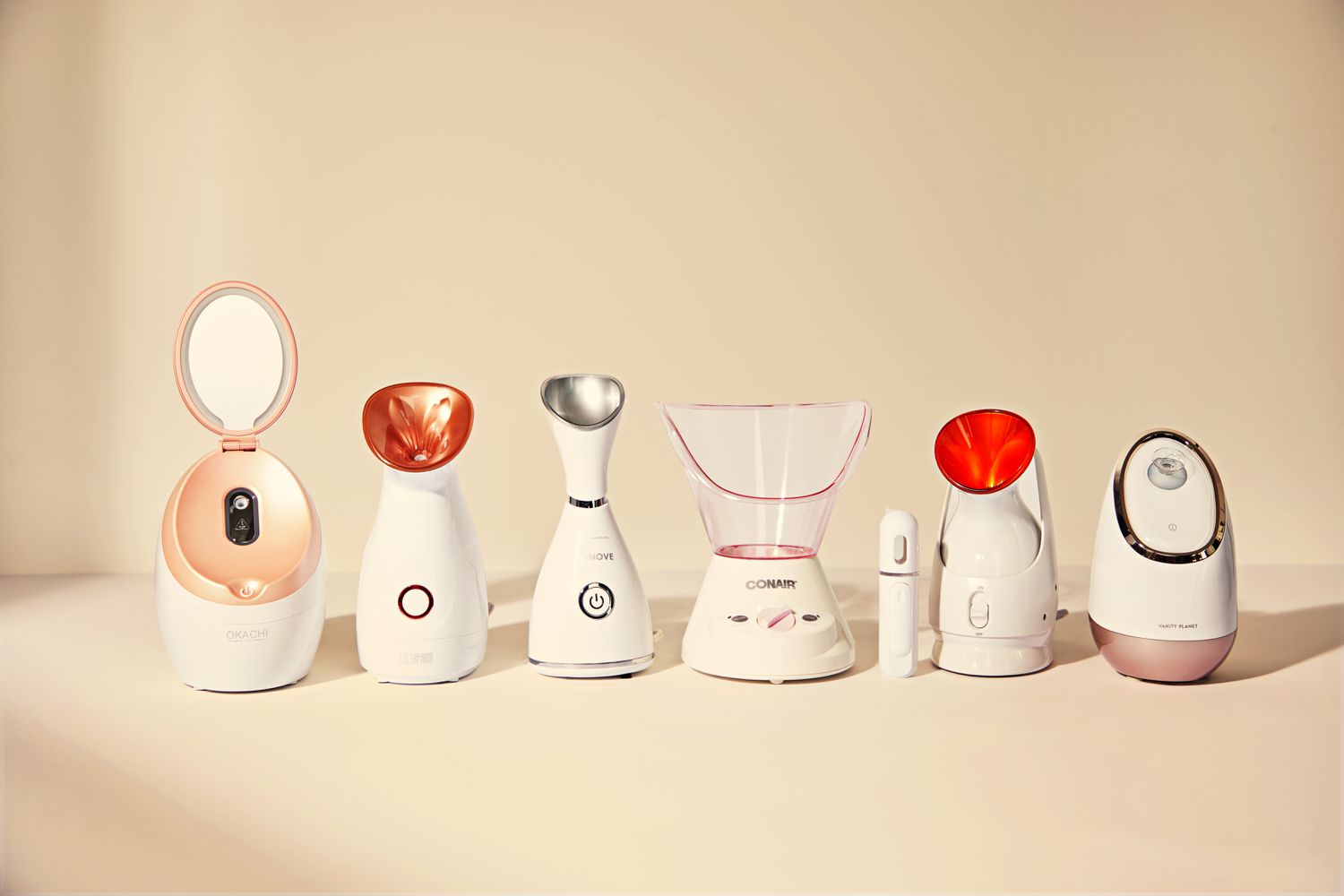
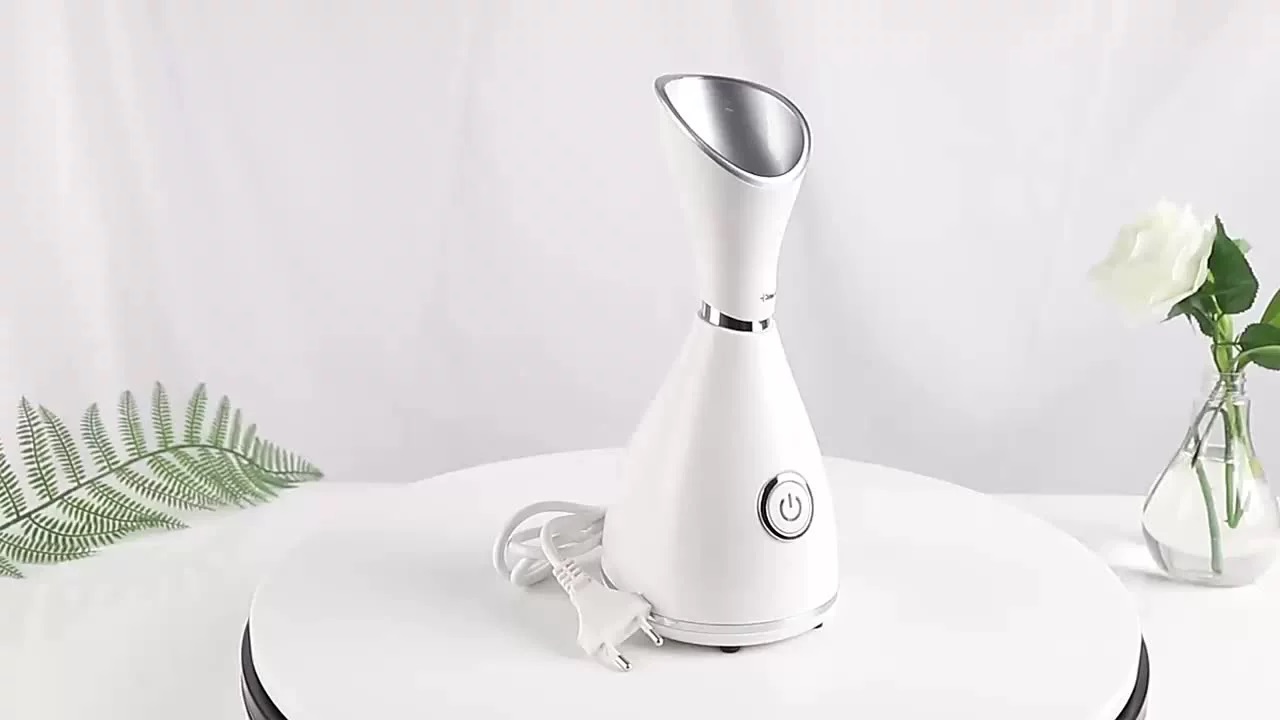
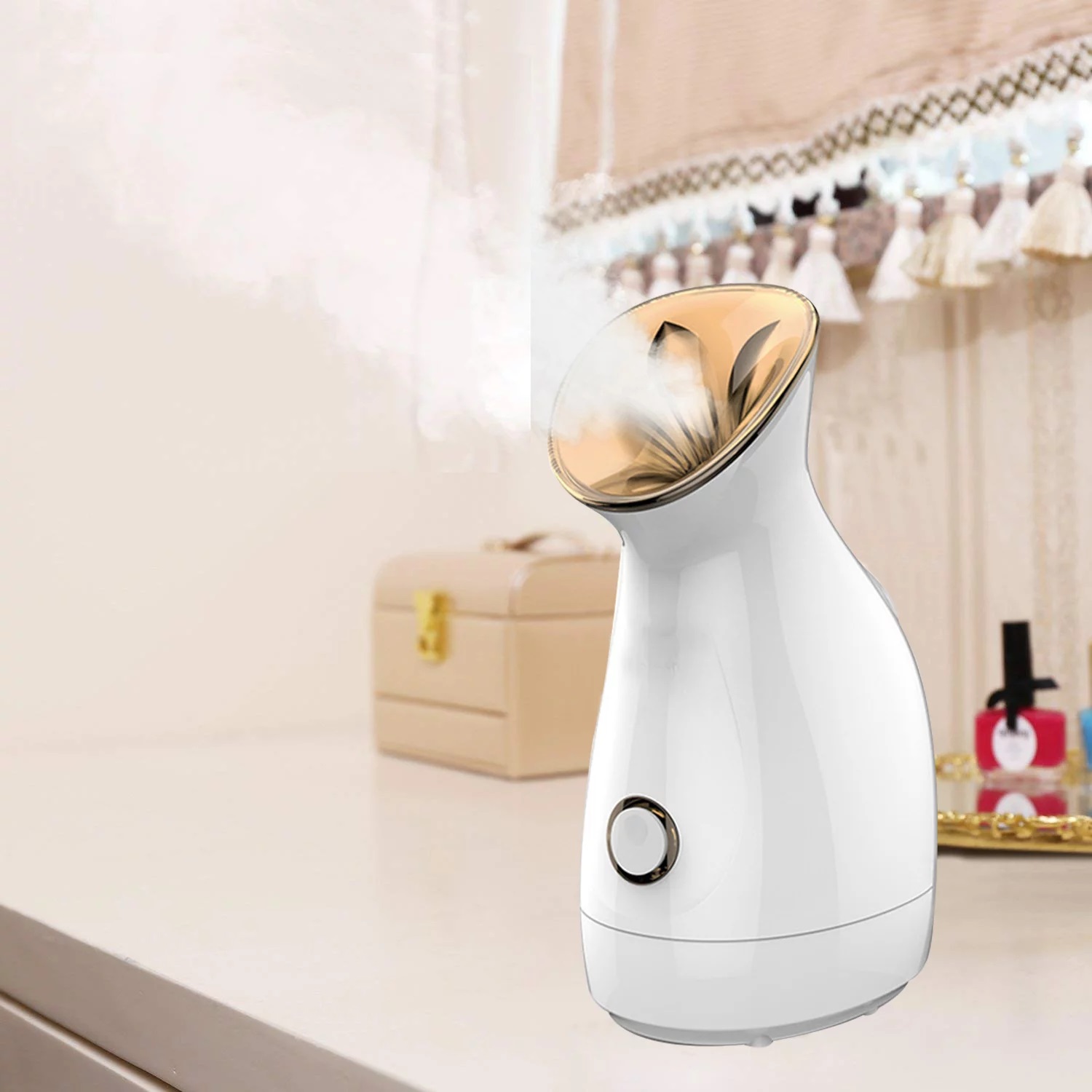
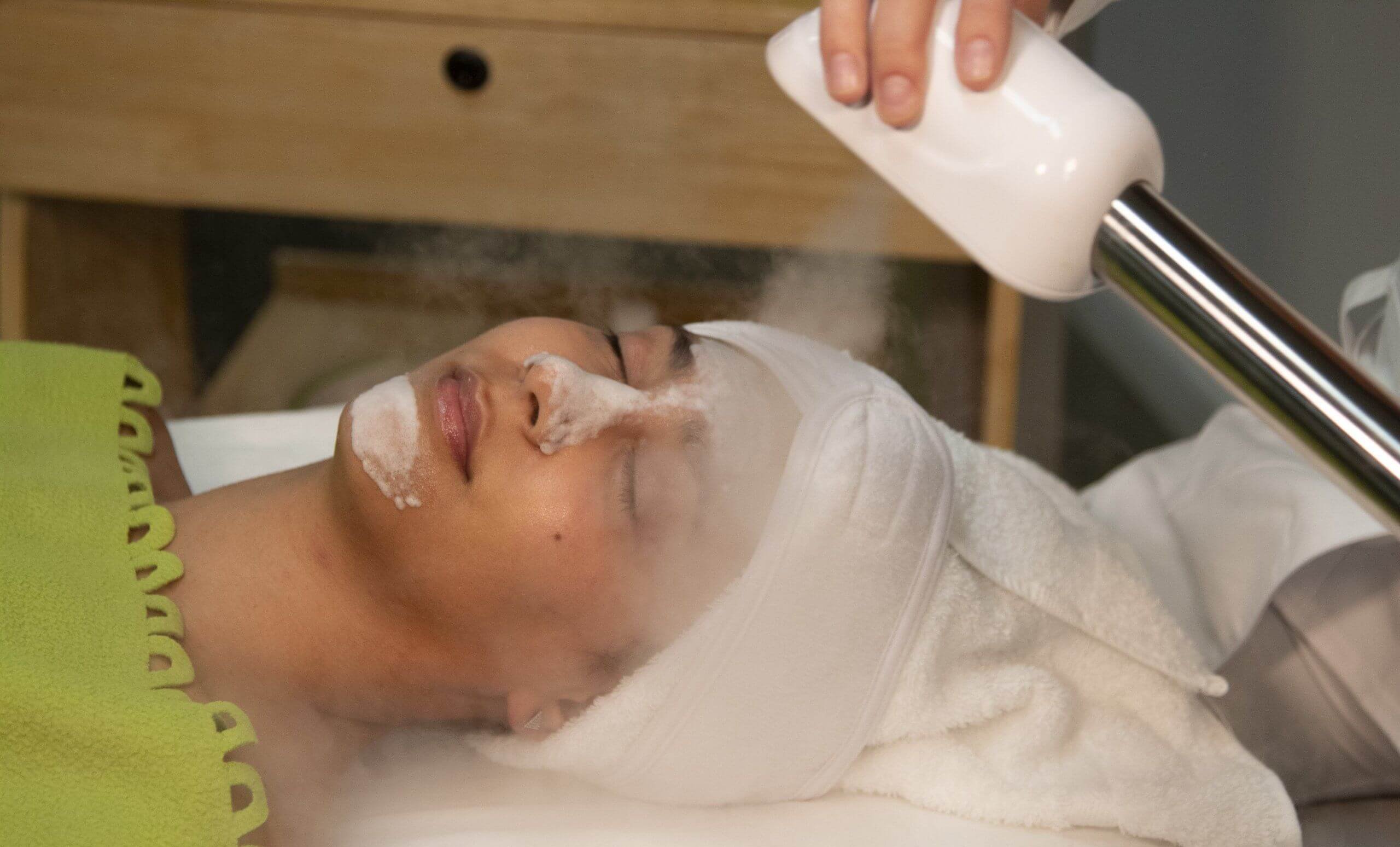
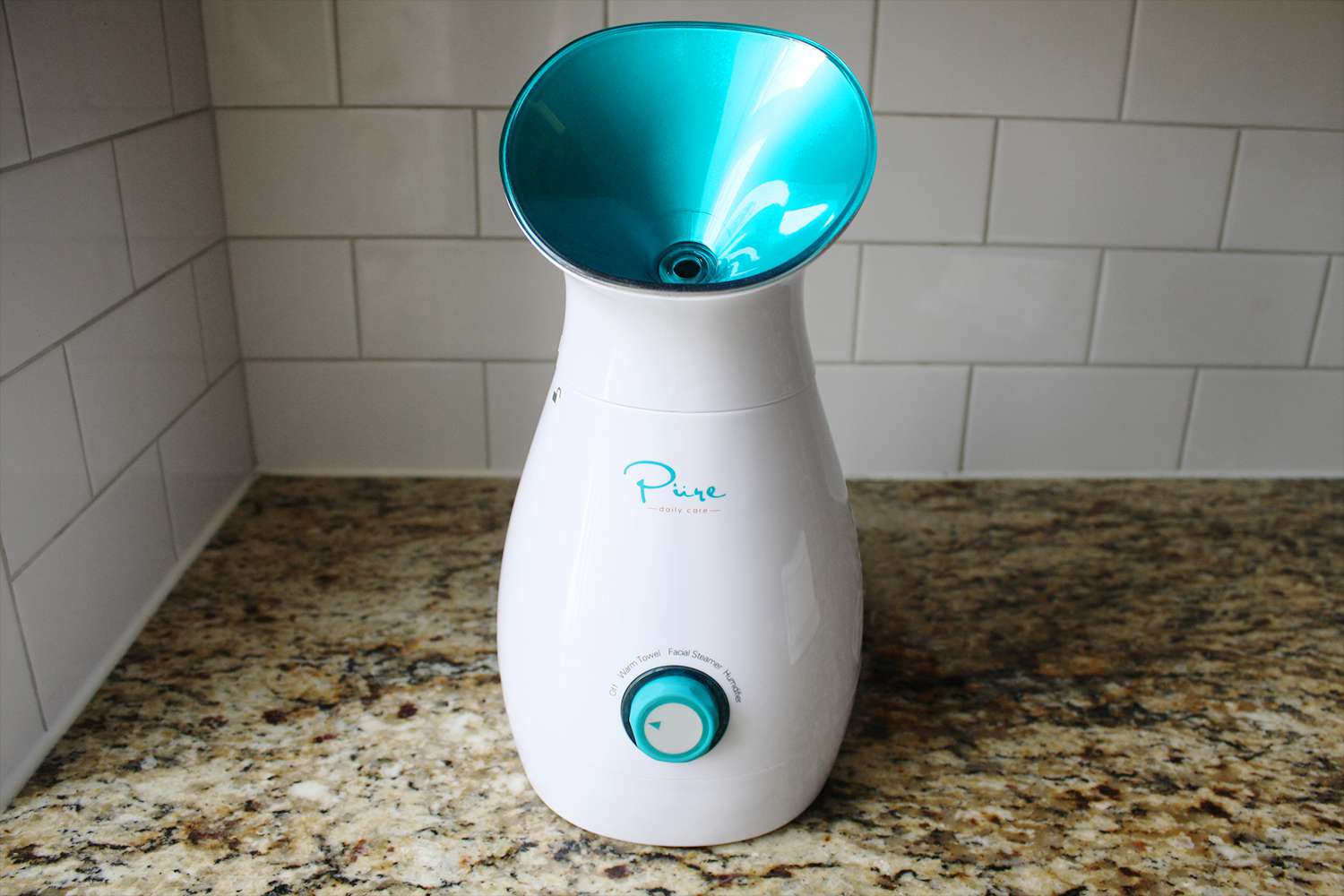
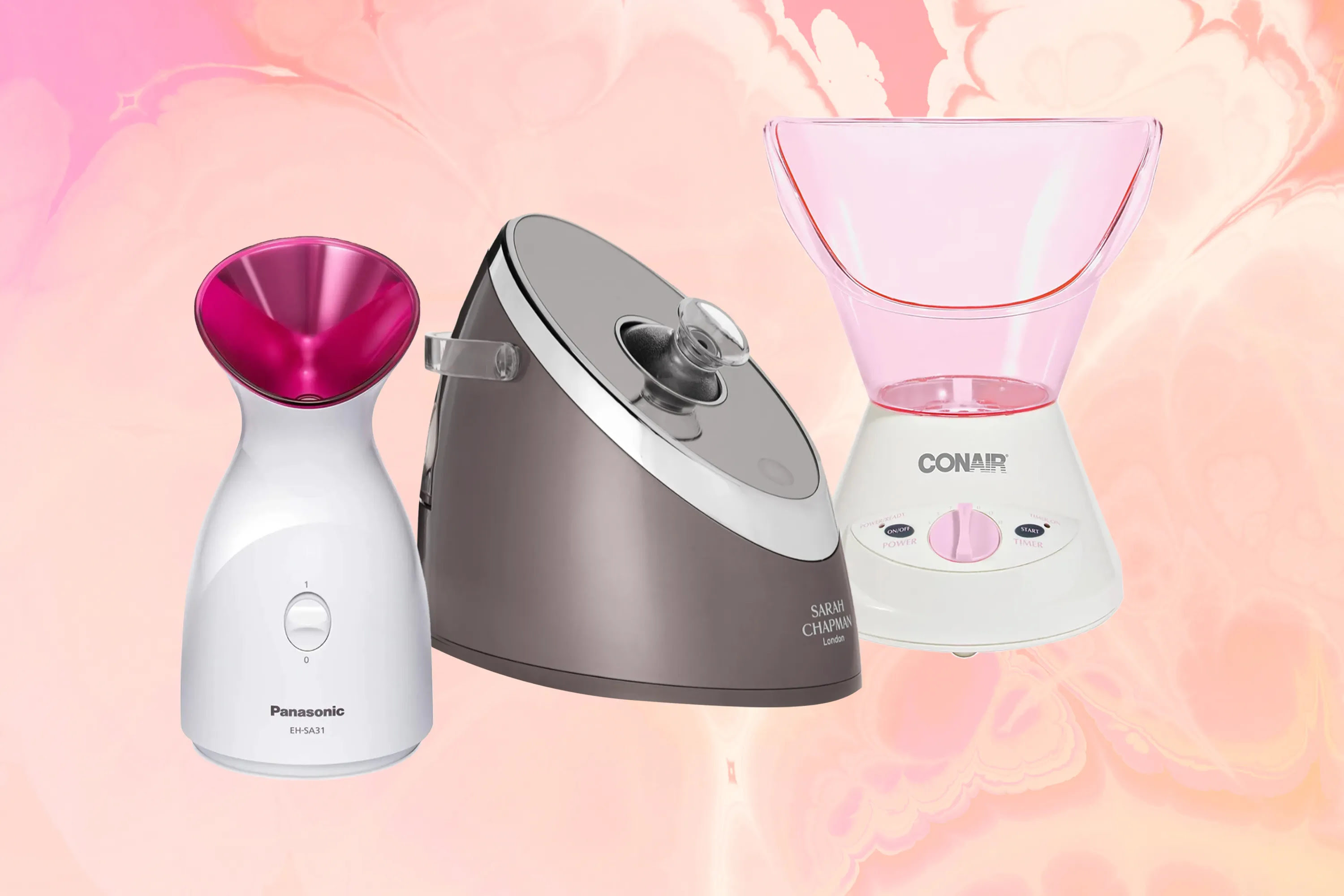
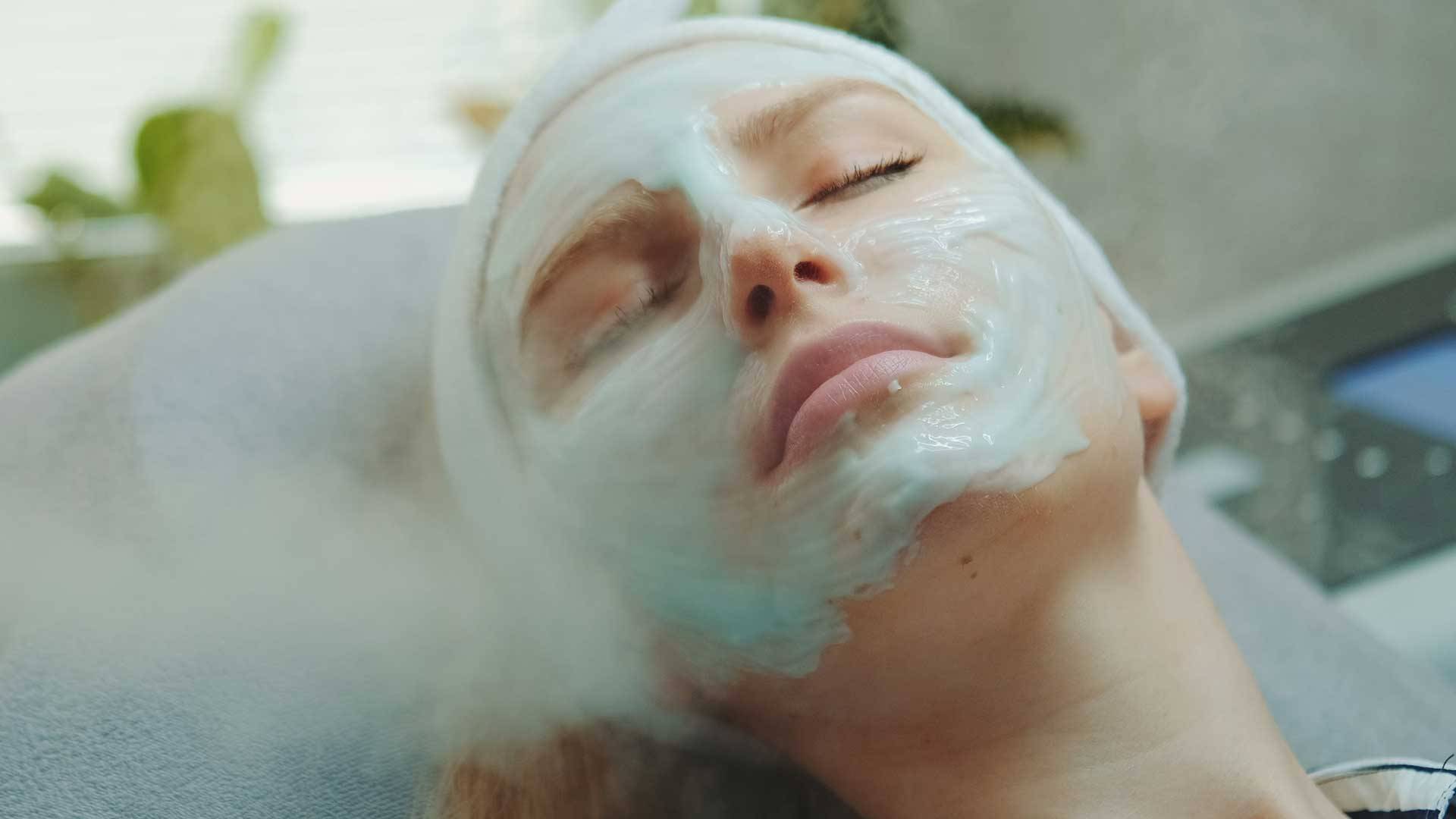
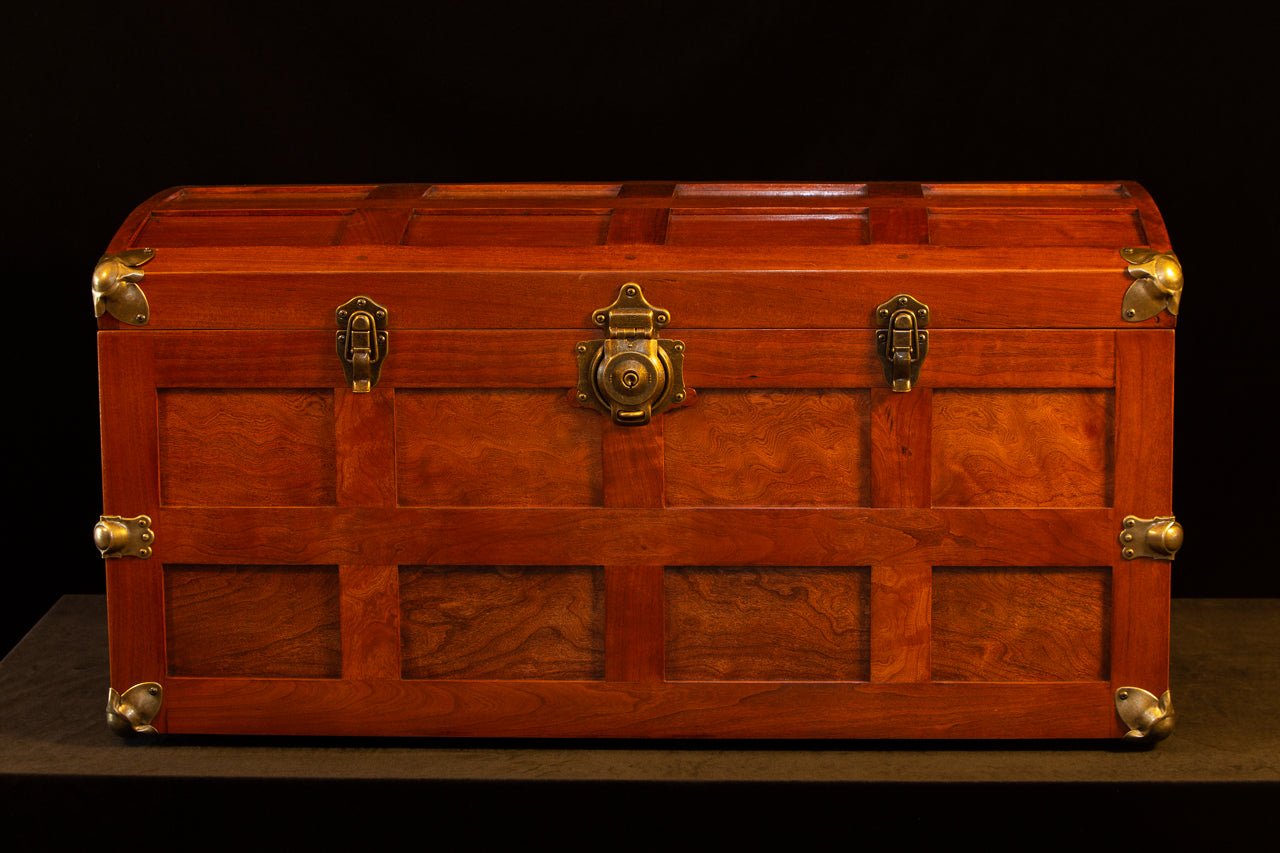
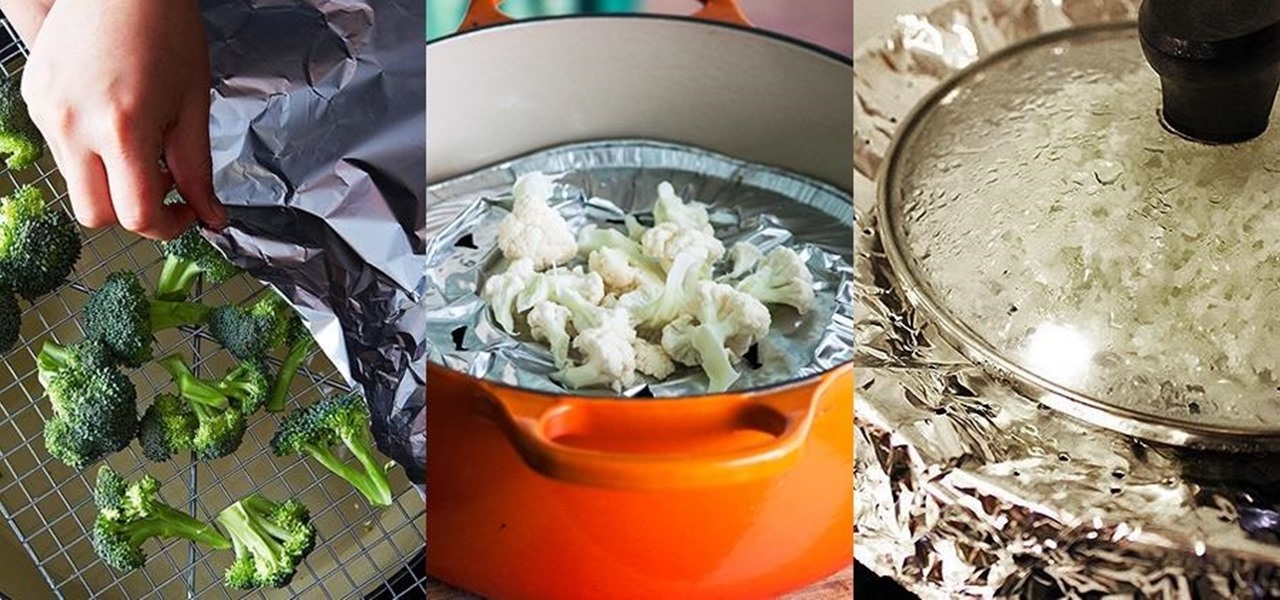

0 thoughts on “What Water To Use In Facial Steamer”